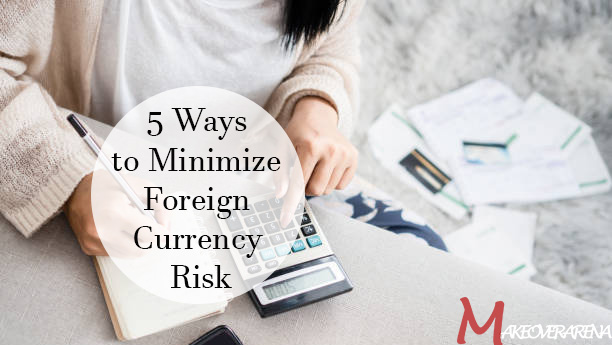5 Ways to Minimize Foreign Currency Risk: Foreign currency risk refers to the potential for investment returns to fluctuate based on changes in exchange rates. With a globally diversified portfolio, shifts in various currencies relative to your domestic currency can significantly impact gains and losses. Managing this currency volatility is key.

5 Ways to Minimize Foreign Currency Risk
For American investors buying foreign stocks and bonds, losing value due to a strengthening US dollar cuts into overall returns. Strategically minimizing exposure to exchange rate movements helps stabilize performance. This allows focusing on the underlying investments rather than short-term currency swings.
1. Diversify Globally
Maintaining investments in both domestic and international assets means you have exposure to multiple currencies moving in different directions. If the US dollar strengthens compared to the Euro, for example, losses in European holdings may be offset by gains in US holdings.
Spreading allocations across regions also prevents overexposure to any single currency. Approaches like allocating 60% to US holdings, 20% to internationally developed markets, and 20% to emerging markets balance currency influence.
2. Hedge with Currency Futures
Currency futures contracts allow isolating and hedging exchange rate risk independently from asset selection. These derivatives agreements lock in a set price to buy or sell a currency at a future date.
For example, if investing in Japanese stocks, simultaneously entering a futures contract to sell Yen at a set price in 6 months provides protection. Even if the Yen declines and hurts stock returns, the futures contract offsets currency losses.
3. Use a Stable Currency as a Benchmark
Rather than making investment decisions based on home currency returns, benchmark performance versus a stable currency like the US dollar. The dollar serves as the world’s reserve currency and fluctuates less than most.
If a European investor converted Euro returns to USD terms before assessing asset moves, results would be smoothed compared to looking only at volatile Euro performance. Using USD as a constant measuring stick accounts for currency swings.
4. Invest in Foreign Bonds
Bonds denominated in a foreign currency pay interest and principal in that same local currency. This matches the currency exposure and cash flows of the investment. For instance, buying a bond issued by a French company in Euros eliminates USD risk.
Gains or losses on the bond correlate directly with Euro price changes rather than the additional impact of exchange rates.
5. Buy Dual-Listed Securities
Some companies list their stock or bonds simultaneously on two exchanges in different currencies. This provides the flexibility to move holdings between exchanges taking advantage of exchange rate differences.
When rates diverge, sell securities on the exchange with the stronger currency and re-buy on the exchange with the weaker currency to lock in gains. This also resets future exposure to align with updated currency expectations.
Conclusion
With cross-border investments, long-term returns hinge significantly on currency movements. However, employing prudent strategies to control exchange rate risk allows investors to focus on economic fundamentals and real asset values. As global diversification grows in importance, managing multi-currency exposures is key to sustainable portfolio success.
Let me know if you would like me to expand on any section of this article draft. I can provide more examples of how to execute specific currency risk strategies in practice.



